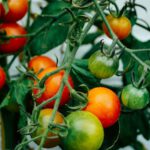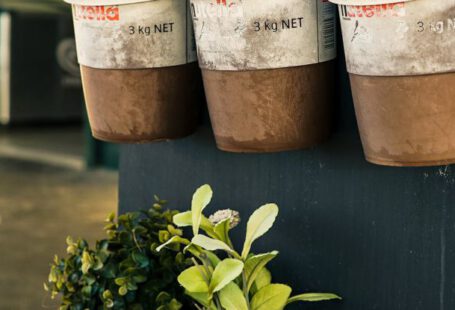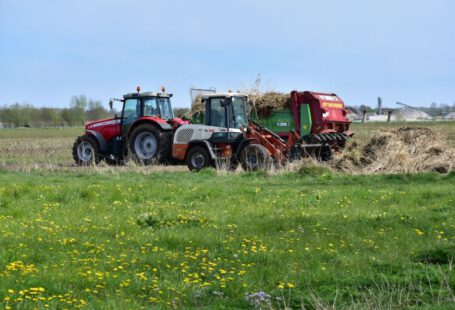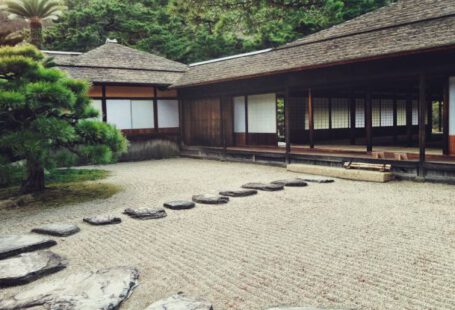Butterflies and bees are vital pollinators in our ecosystem, playing a crucial role in the reproduction of plants. By choosing flowers that attract these beautiful creatures, we can not only create a vibrant and lively garden but also support the balance of nature. If you’re looking to invite more butterflies and bees into your outdoor space, here are some tips on how to choose the right flowers to attract these beneficial insects.
Understanding the Needs of Butterflies and Bees
Before selecting flowers for your garden, it’s essential to understand the specific needs of butterflies and bees. Butterflies are attracted to bright, colorful flowers with a flat or clustered shape that provides easy access to nectar. Bees, on the other hand, are drawn to flowers with a tubular shape, as they have a long tongue that allows them to reach the nectar deep within the flower. By choosing a variety of flowers that cater to both butterflies and bees, you can create a diverse and inviting environment for these pollinators.
Colorful and Fragrant Flowers
When it comes to attracting butterflies and bees, opt for flowers that are bright and colorful. Butterflies are particularly drawn to shades of red, yellow, orange, and pink, while bees are attracted to blue, purple, and white flowers. Additionally, both butterflies and bees are attracted to flowers with a strong fragrance, as scent plays a significant role in guiding them towards a food source. Consider planting flowers such as lavender, bee balm, coneflowers, and zinnias to create a sensory-rich environment that will entice butterflies and bees to visit your garden.
Native Plants
One of the most effective ways to attract butterflies and bees to your garden is by planting native flowers. Native plants have evolved alongside local pollinators and are well-suited to their needs, providing them with a familiar food source and habitat. Research native plant species that are indigenous to your region and incorporate them into your garden design to create a welcoming environment for butterflies and bees. Native plants such as milkweed, butterfly bush, black-eyed susans, and goldenrod are excellent choices for attracting these pollinators.
Seasonal Blooms
To ensure a continuous food source for butterflies and bees throughout the year, plant a variety of flowers that bloom at different times. By selecting flowers that bloom in early spring, summer, and fall, you can provide pollinators with a consistent source of nectar and pollen across the seasons. This not only supports the health and well-being of butterflies and bees but also enhances the biodiversity of your garden. Consider incorporating flowers such as crocus, sunflowers, asters, and sedum to create a dynamic and ever-changing landscape that will attract a diverse range of pollinators.
Provide Shelter and Water Sources
In addition to planting nectar-rich flowers, consider providing butterflies and bees with shelter and water sources in your garden. Butterflies seek shelter from wind and predators in dense vegetation, so include bushes, shrubs, and trees in your garden design to create protected areas for these delicate insects. Bees require a source of water for hydration, so consider placing shallow dishes filled with water in your garden to provide them with a place to drink. By creating a hospitable environment that meets the needs of butterflies and bees, you can encourage these valuable pollinators to make your garden their home.
Creating a Pollinator-Friendly Garden
By choosing flowers that attract butterflies and bees, you can create a vibrant and thriving garden that supports the health of these essential pollinators. By understanding the needs of butterflies and bees, selecting colorful and fragrant flowers, planting native species, incorporating seasonal blooms, and providing shelter and water sources, you can create a pollinator-friendly environment that will benefit both your garden and the ecosystem as a whole. So, roll up your sleeves, grab your gardening tools, and get ready to welcome butterflies and bees into your outdoor space!





